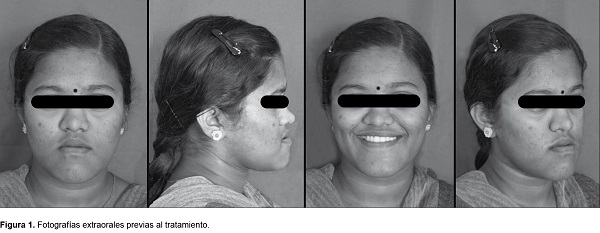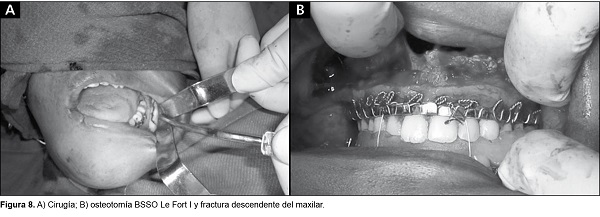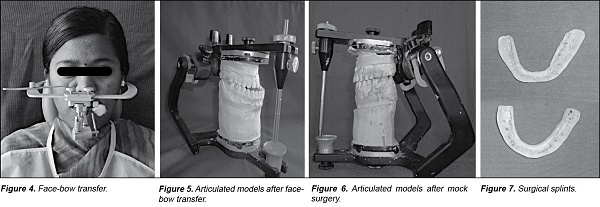LA MALOCLUSION CLASE III ESQUELETICA GRAVE MEDIANTE ABORDAJE PRIMARIO DE CIRUGIA ORTOGNATICA: INFORME DE CASO
La maloclusión clase III es un problema de salud pública importante. El tratamiento de la maloclusión clase III esquelética grave en pacientes que no están en crecimiento, requiere una cirugía ortognática planificada de forma apropiada y bien ejecutada, por un equipo de al menos un ortodoncista y un cirujano maxilofacial. Para estos casos, existen dos enfoques para la cirugía.
Institución del autor
Swami Vivekanand Subharti University, Meerut, India
Coautores
Sridhar Premkumar* Marcos Roberto Tovani Palone**
Tamil Nadu Government Dental College, Chennai, India*
University of São Paulo, Ribeirão Preto, Brasil**
Primera edición en siicsalud
22 de octubre, 2021






























